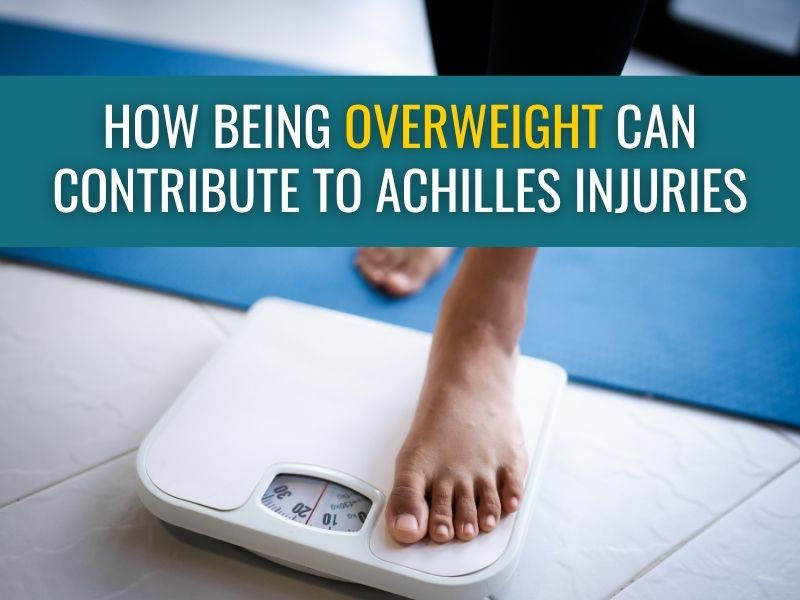Achilles pain training errors: Too much high intensity training
- Alison Gould

- Aug 20, 2019
- 4 min read
Updated: Jul 26, 2024
Training Error Series:
Achilles pain training errors: Large increases in weekly mileage
Achilles pain training errors: Too much high intensity training (this article)
Research has shown that 80% off all overuse injuries, such as Achilles tendonitis, can be traced back to mistakes in training volume, intensity, or frequency. In this article, we explore how to monitor your training intensity and why that’s important.
If you’ve been following our Training Error Series you’ll know by now that ongoing Achilles pain can often be caused by errors like pushing your training volume too quickly, following a boom and bust cycle, and not getting enough quality recovery between sessions. Remember, if you need more help with an Achilles injury, you're welcome to consult one of our team via video call.

The terms tendinitis, tendonitis, tendinosis, and tendinopathy mean the same thing for all practical purposes, and we use these interchangeably in our articles.
In this article:
What is high intensity training?
With running, high intensity training is your faster, shorter runs or speed work (e.g. track sessions, interval training, and hill workouts). The lower intensity training consists of your longer, slower runs. If you look at other activities/sports, can you classify them as high intensity (for example a circuit training session or HIIT workout), or low intensity (for example walking or yoga).
Achilles pain can be linked to increasing your overall activity too quickly, but also to sudden changes in intensity (speed / intervals / hill work). We tend to run more on our toes (in plantar flexion) when we do high intensity runs, which makes our calf and Achilles work very hard. If we have a robust calf and Achilles tendon, they can withstand the load asked of them. If we have an Achilles tendinopathy or less robust muscles and tendons in the rest of our legs, this can aggravate or create symptoms.
What should I be doing?
The ideal balance is 80% low intensity to 20% high intensity training to provide the optimal conditions for endurance adaptations to occur.
How do I know if I’m training at the right intensity?
If you are training for an event and are unsure what minute per mile you should be running to hit a target time in an event, there are free online tools to help you with this. A good measure of how hard you are working is the Rate of Perceived Exertion (RPE).

It allows you to score yourself out of 10 depending on how you are feeling and allows you to work out if you’re working at the right intensity for you at this given moment. The recommendation is that:
on long slow runs your RPE score should be between 0 to 4;
on tempo runs between 4 to 6.5;
and for speed and high intensity sessions more than 6.5.
If you have wearable technology like a watch or chest strap, you may also be able to monitor your heart rate and therefore work out a percentage of age-related maximum heart rate. However, it may be worth taking into account that these measuring devices may not be entirely accurate, and we also have daily variations in our heart rate of up to 6.5%.
How can I organise my training better?
Your training intensity needs to reflect where you are now and where you want to go. Keep in mind the 80:20 guideline and make sure that you also look at all the other high intensity activities that you’re doing when you plan your training. Remember not to increase your mileage too quickly and allow enough quality recovery time.
How we can help
Need more help with your Achilles injury? You’re welcome to consult one of the team at TMA online via video call for an assessment of your injury and a tailored treatment plan.
We're all UK Chartered Physiotherapists with Master’s Degrees related to Sports & Exercise Medicine. But at Treat My Achilles we don't just value qualifications; all of us also have a wealth of experience working with athletes across a broad variety of sports, ranging from recreationally active people to professional athletes. You can meet the team here.

About the Author:
Alison Gould is a chartered physiotherapist and holds an MSc in Sports and Exercise Medicine. You can follow her on LinkedIn, Facebook, Instagram or Twitter.












